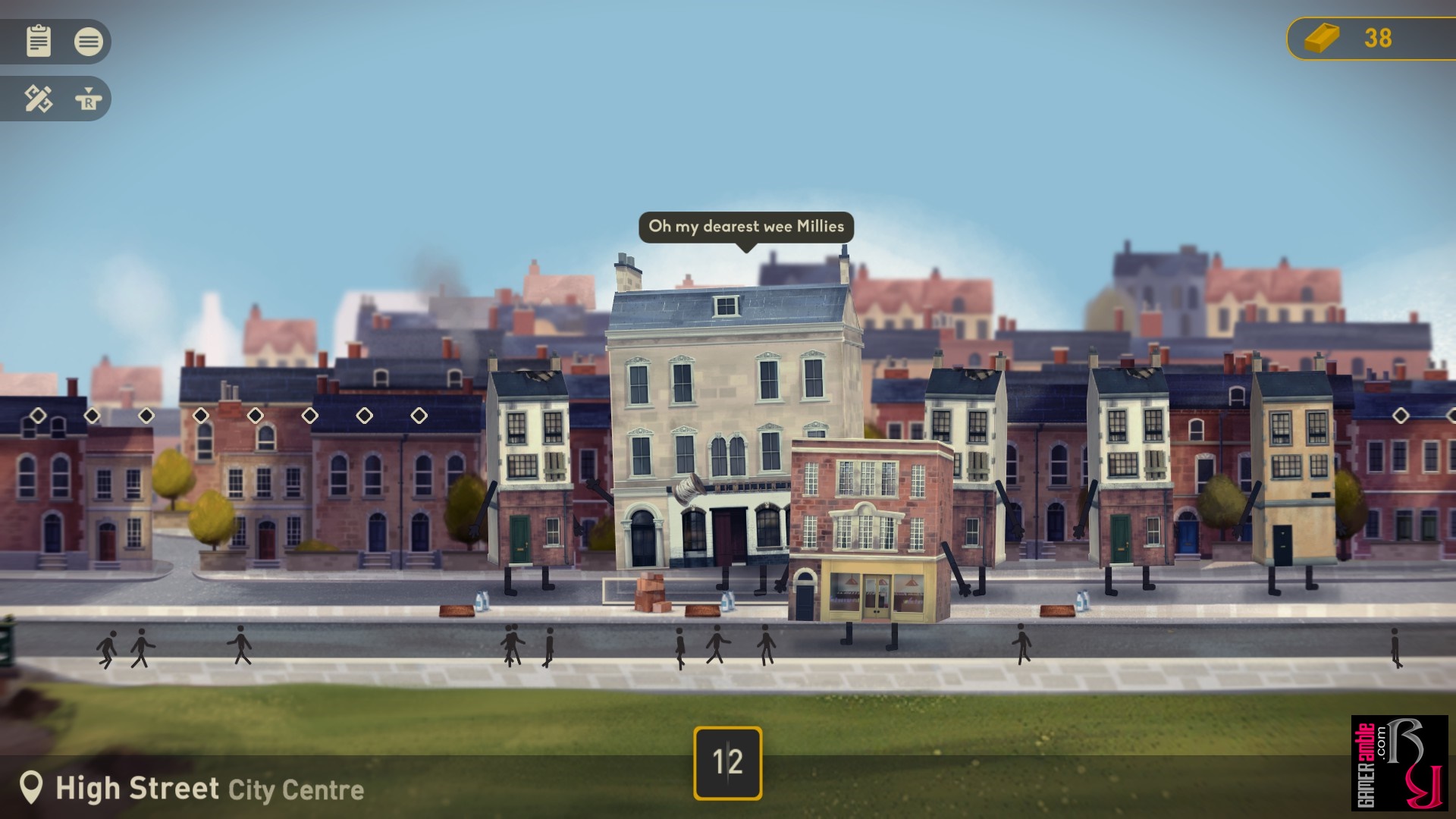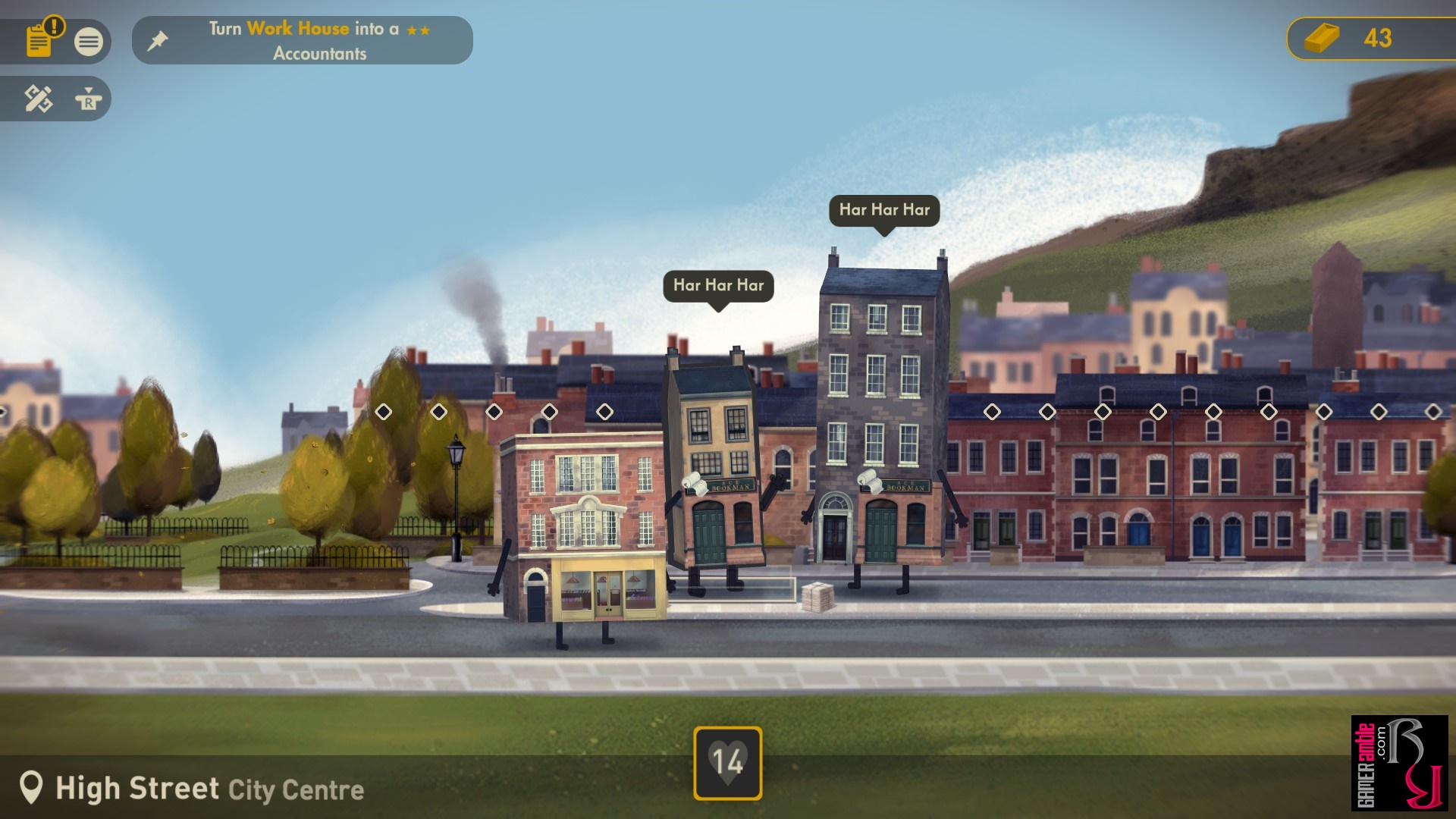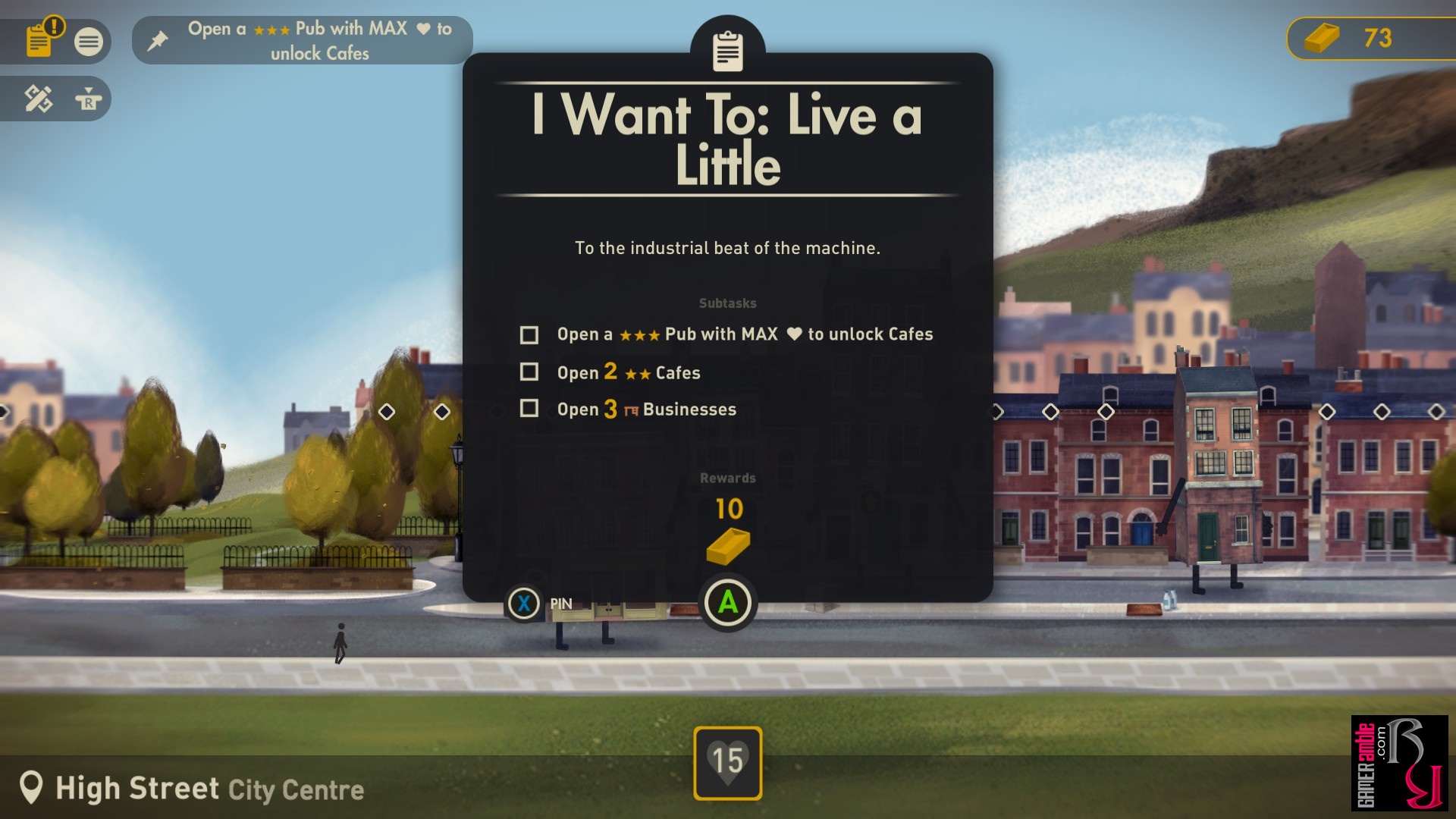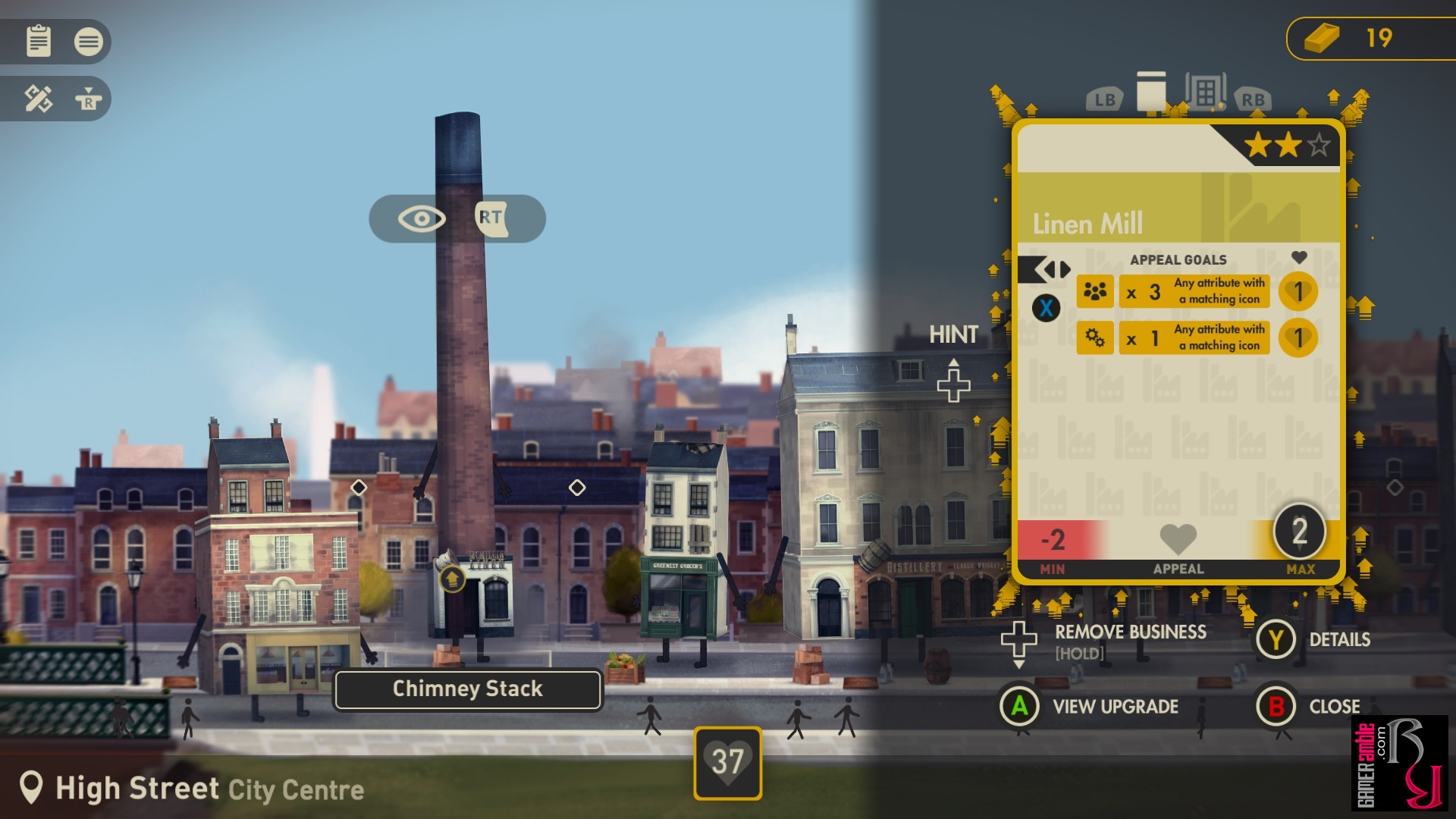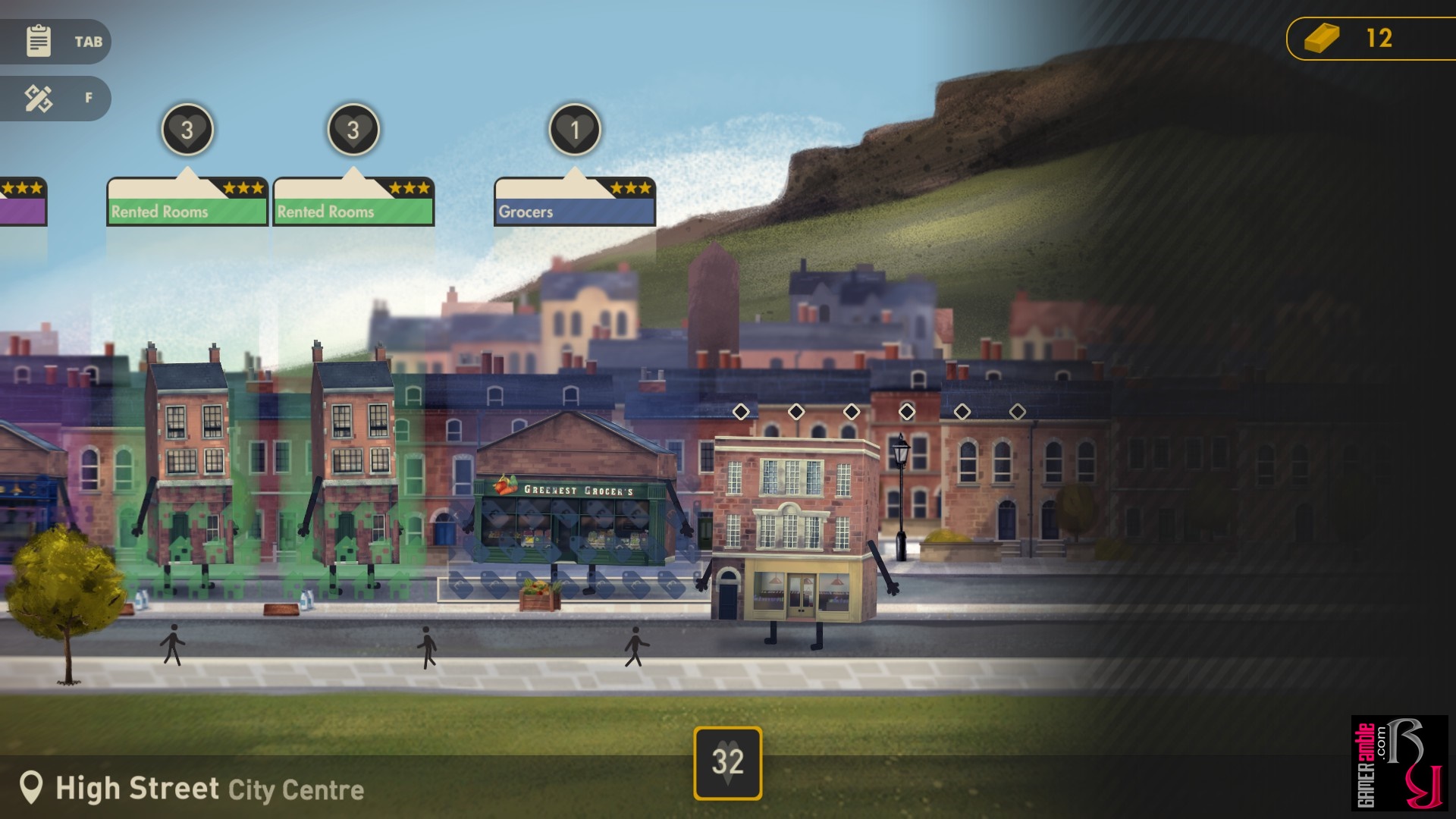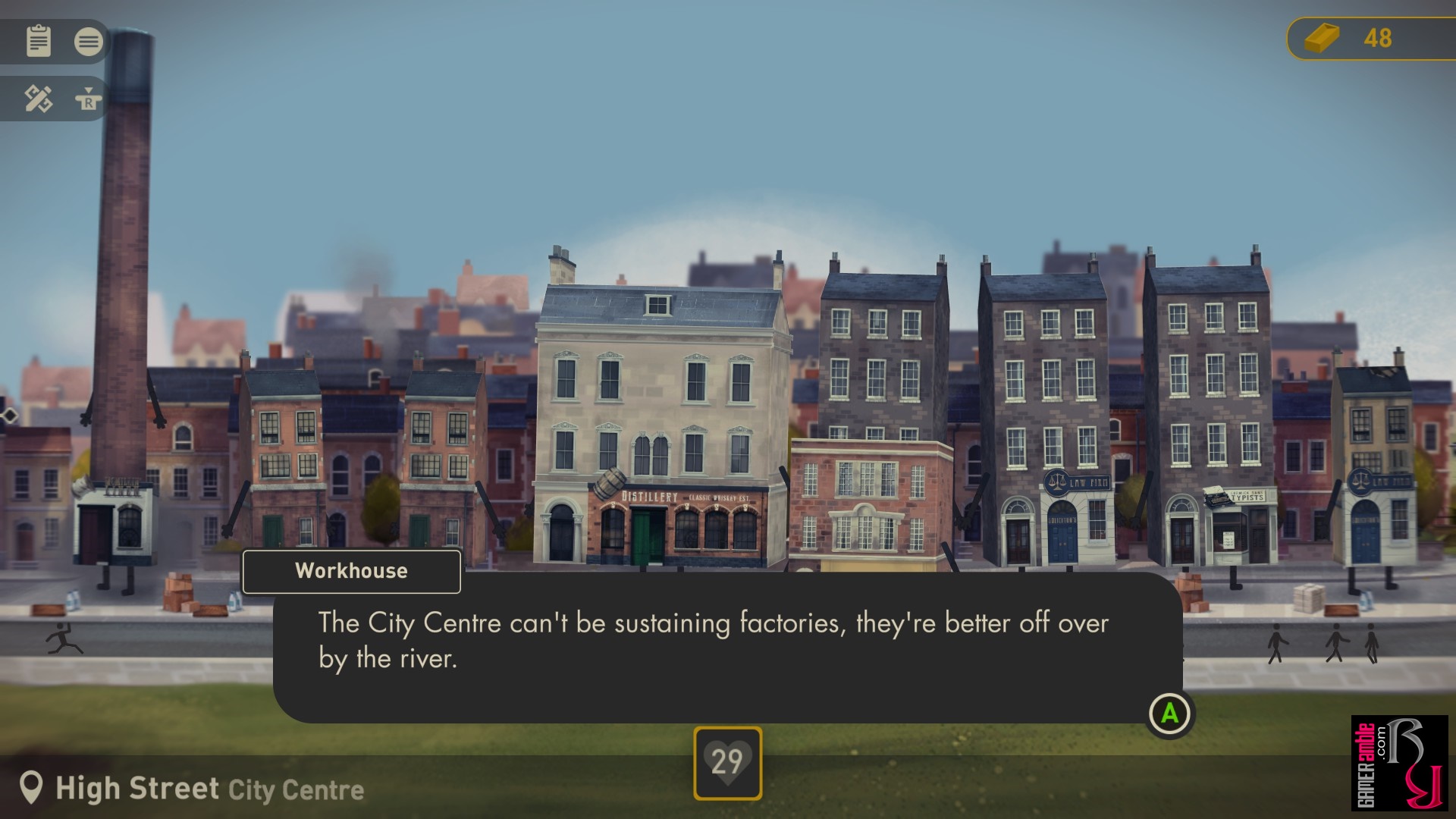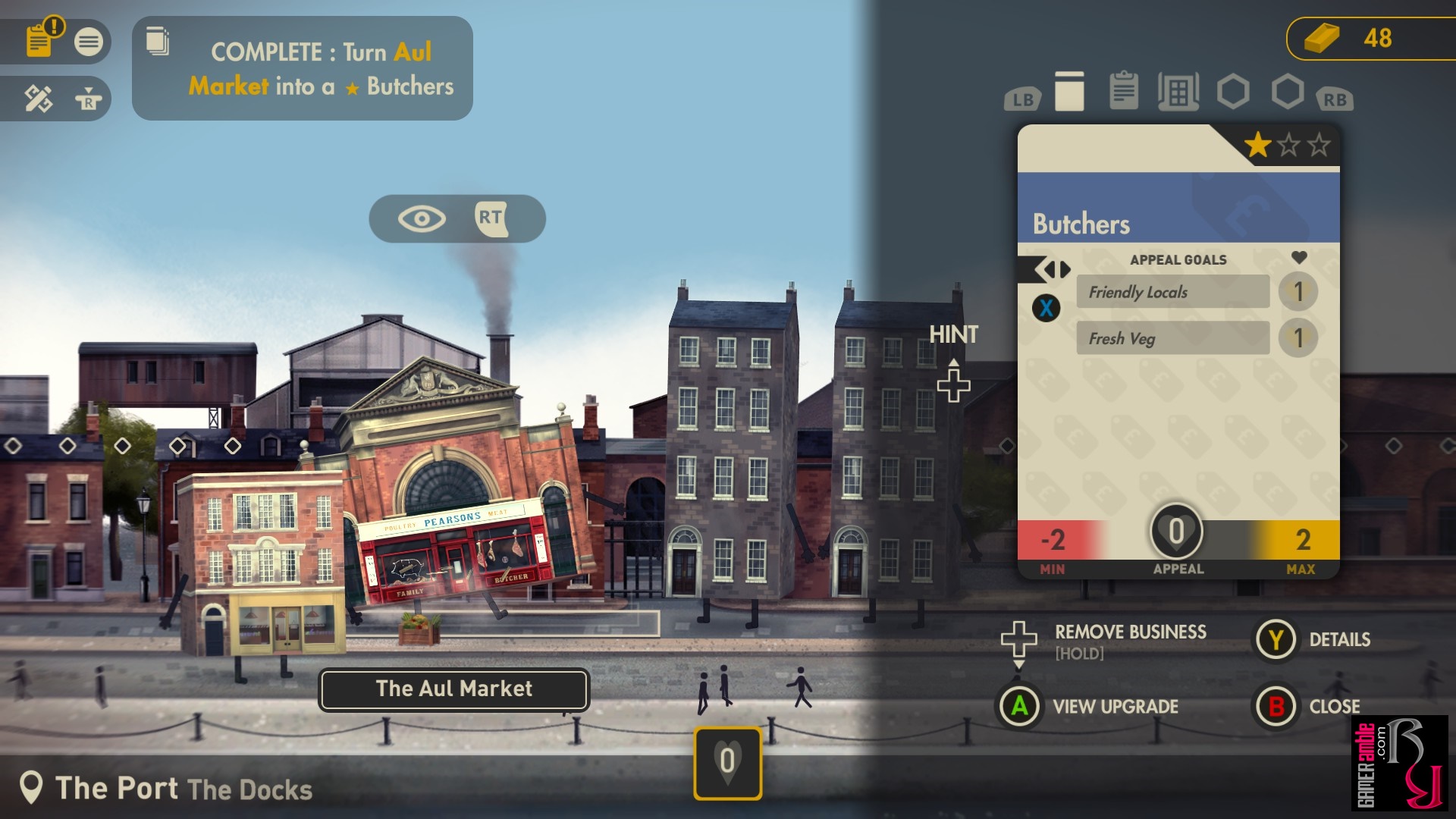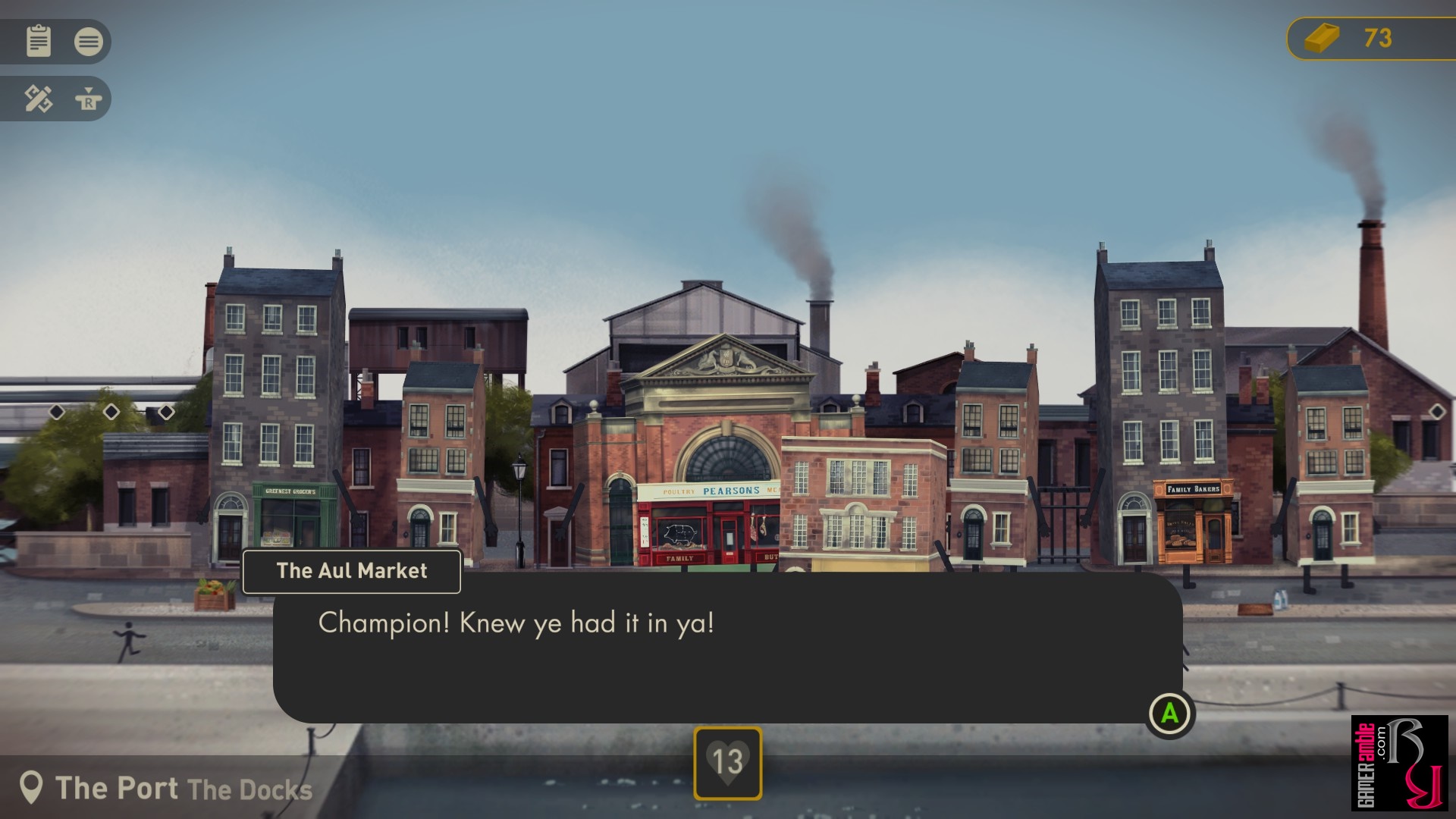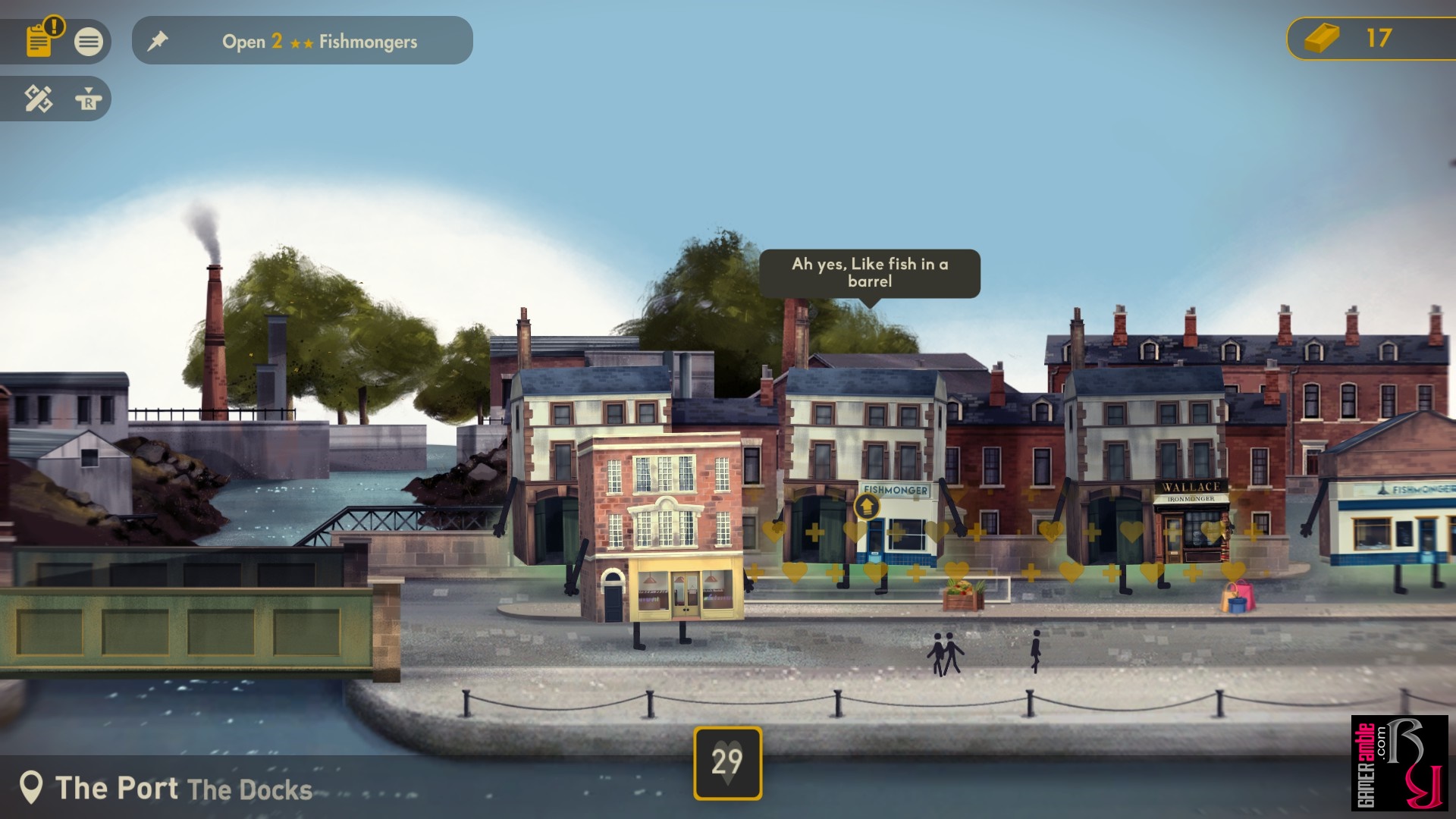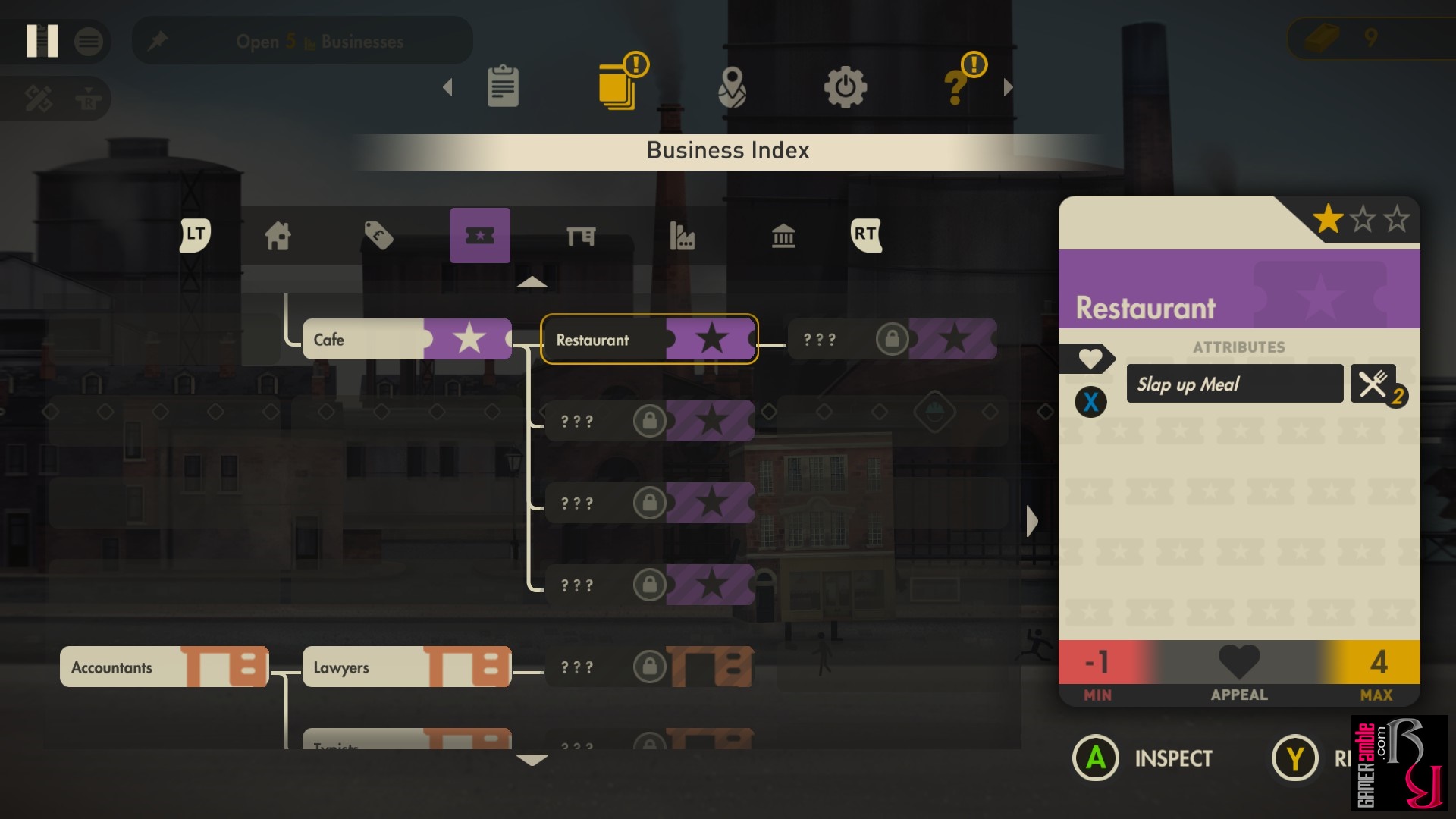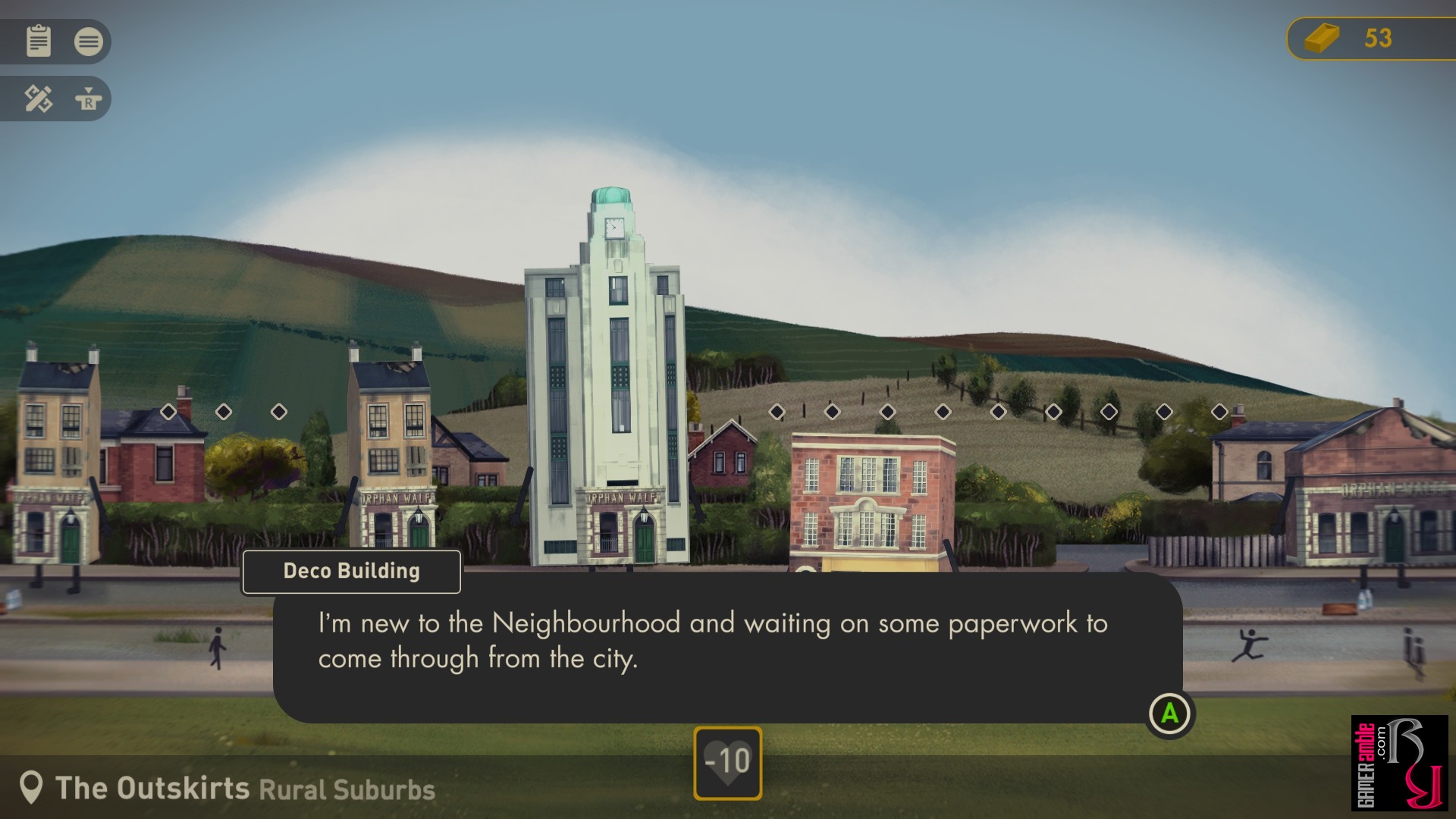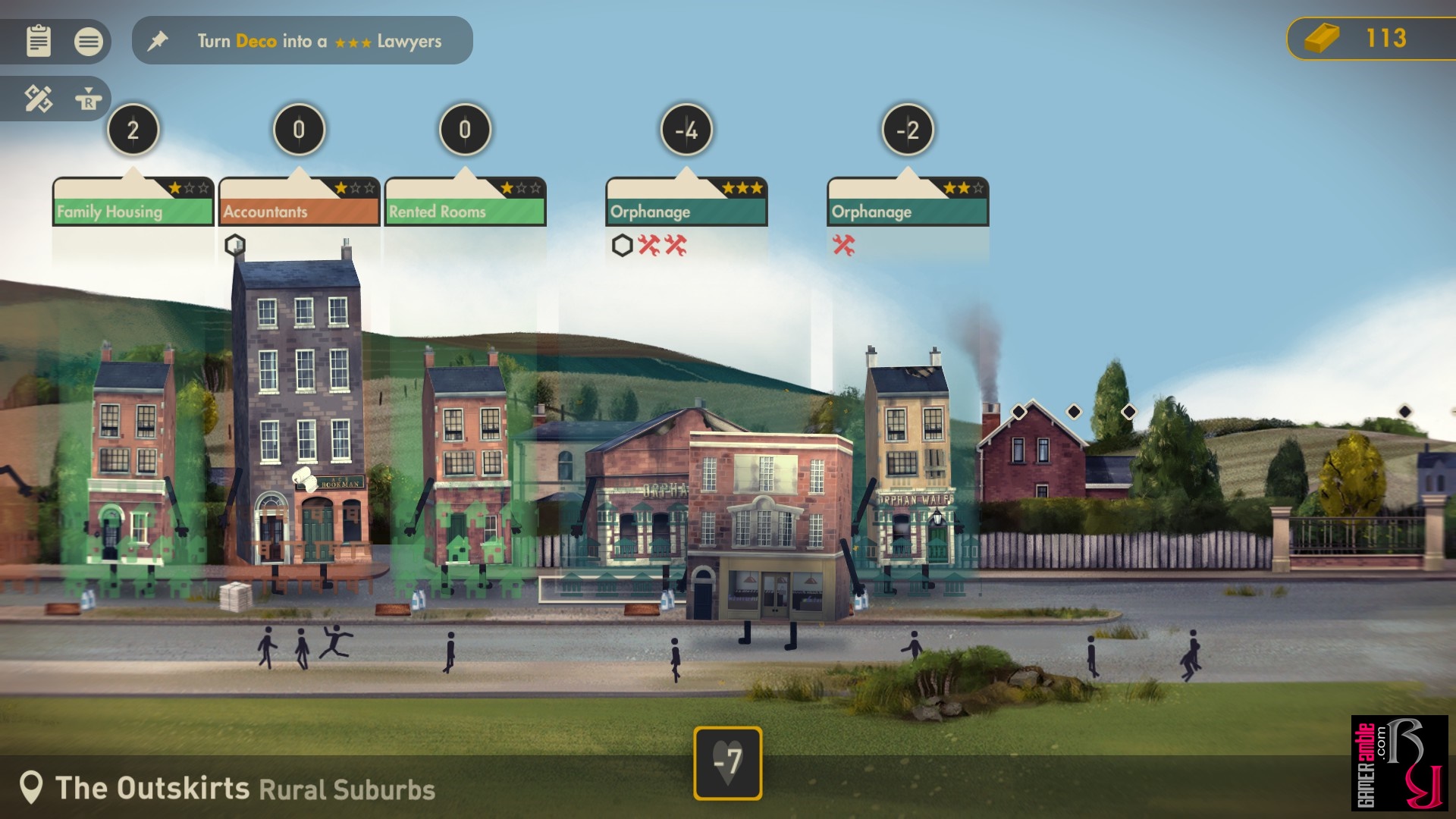Buildings Have Feelings Too!
Developer: Blackstaff Games | Publisher: Merge Games, Maple Whispering Limited | Release Date: 2021 | Genre: Simulation / Strategy / Indie | Purchase: Steam
For most players, Sim City, released back in 1989, was their first introduction to the city-management genre. Since then there have been numerous titles that continued to build on its successful formula, including a few sequels. However, despite changing the setting, time period, or location, most of these titles stick pretty closely to the foundation laid by the original Sim City. This is one of the reasons why Buildings Have Feelings Too! by Blackstaff Games caught our attention as instead of being about pleasing the inhabitants of your cities, the focus would be on the actual buildings instead.
Unfortunately, while the premise for BHFT! is very unique, it should definitely not be approached as a traditional city-management game. Instead, it is very much a puzzle game where your primary focus is shuffling around buildings until everything is lined up correctly for you to accomplish your objectives. While there is nothing wrong with this concept it sometimes feels like the interface is the biggest obstacle in the game. This is due to the fact that the game has a side view, which is great for 2D platformers, but not so great for shuffling buildings around a city.
Taking control of the “Halfway Hotel” players are tasked with helping the various buildings in their neighborhood fulfill their aspirations. The game opens in the Victorian era but continues up to the modern day, so it’s neat to see the building designs change to reflect the different eras. Each city has multiple neighborhoods, but due to the perspective of the game, everything is laid out in a straight line. Each neighborhood has a limited amount of open space to work with and some buildings cannot be moved, so care must be taken with the placement of your structures.
Buildings are all dependent on each other, so for example, if you are tasked with upgrading an accountant to its maximum level you are going to have to surround it with other buildings exerting a positive influence. Of course, these buildings will need their own complementary structures to thrive otherwise they will begin to fail. Eventually, the game boils down to a juggling act as you attempt to squeeze as many useful buildings into a tight space while trying to counteract the negative influences. If you do a good job you’ll earn “bricks” which is essentially the currency used in the game to construct new buildings or unlock new neighborhoods. You’ll also need to upgrade certain buildings to their maximum potential to unlock new ones.
If BHFT was viewed from an overhead perspective or allowed players to click and drag buildings to move them around it would have been a much easier and more intuitive game. Instead, the interface appears to have been designed with a controller in mind, and to move buildings you have to walk your character up to them, grab them and then escort them to where you want them. Once you have a crowded city block it can be a huge chore to swap buildings around with the limited space at your disposal.
To complicate matters further the game also features a ton of sub-menus that has to be perused if you want to figure out what your building is lacking or what it needs to grow. These actually appear a lot more overwhelming than they are but could have benefited from some streamlining. In this game, you’ll also want to take care and avoid making careless mistakes like putting up the wrong building or assigning the wrong job to them as the game autosaves instead of providing players with multiple save slots. Things can spiral out of control very quickly in this game if you make a mistake and watching all your careful planning and shuffling go down the drain due to a wrong move is quite frustrating. In addition, the difficulty curve of the game is a bit odd as we found ourselves breezing through some of the challenges only to hit the occasional objective that took ages to resolve.
It’s a pity that BHFT! is so tedious to play at times as the presentation of the game is very charming. It is clear that a lot of care has gone into the building designs and watching them march around on little legs with their arms swinging is a humorous sight. The backgrounds are simple but effective and players can even plop down some aesthetic items like trees or park benches in the foreground at no cost. The audio is just as enjoyable thanks to a couple of cheerful music tracks that fit the oddball nature of the game. There is no speech, which is a pity, but all the buildings make sounds like bricks shifting around when they communicate with you via speech bubbles. As we mentioned before, the controls are very much geared towards controllers, so after a brief attempt with a keyboard and mouse, we made the switch.
Players who approach BHFT! with an open mind and love for puzzles will have some fun with the game. It has a very unique premise and the charming visuals immediately draw you in. Unfortunately, frustration can quickly rear its ugly head as you progress through the levels, and shuffling around buildings is more tedious than it should have been. While we enjoyed some elements of the game it never really hooked us like most traditional city-management titles do, which is a pity as it had a lot of potential.
System Requirements
- OS: Windows 7 or later
- Memory: 2 GB RAM
- Graphics: Onboard Intel Processor
- Storage: 1 GB available space
- Sound Card: Onboard soundcard


